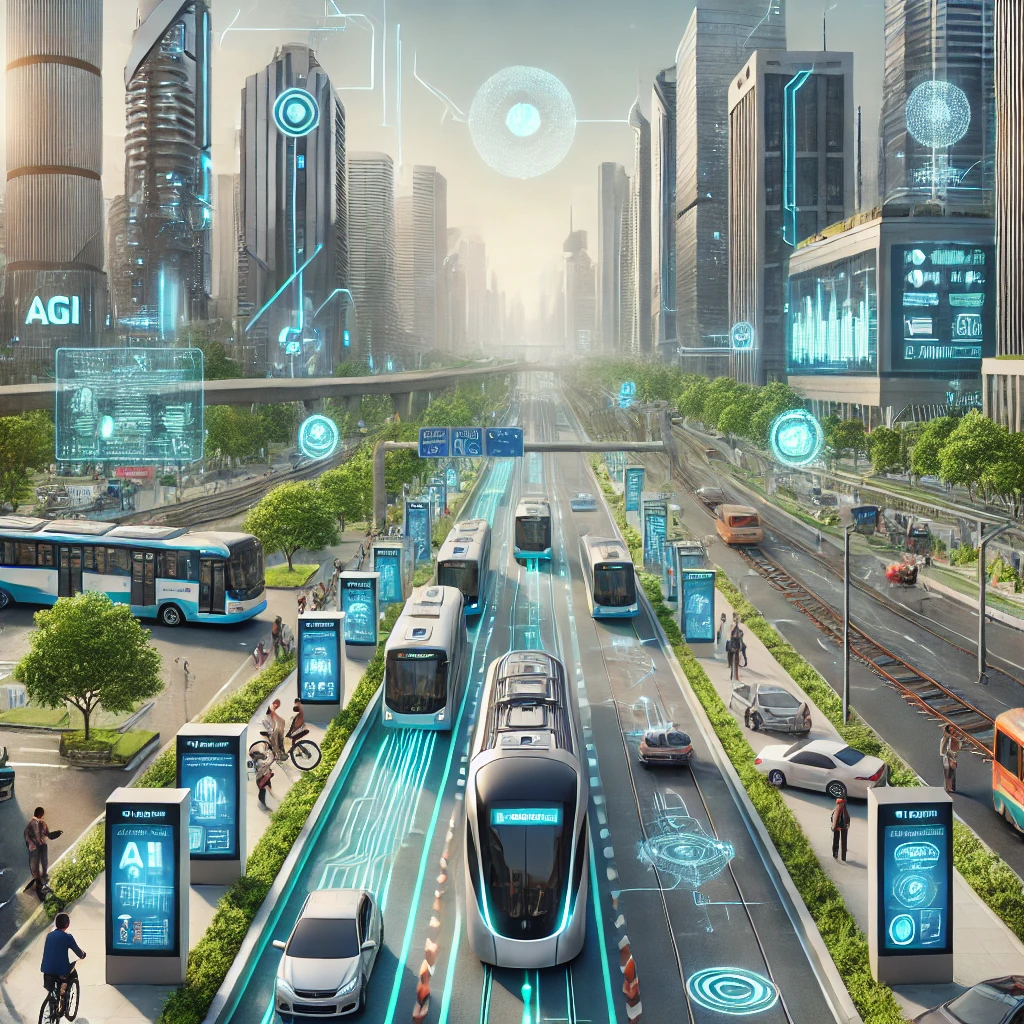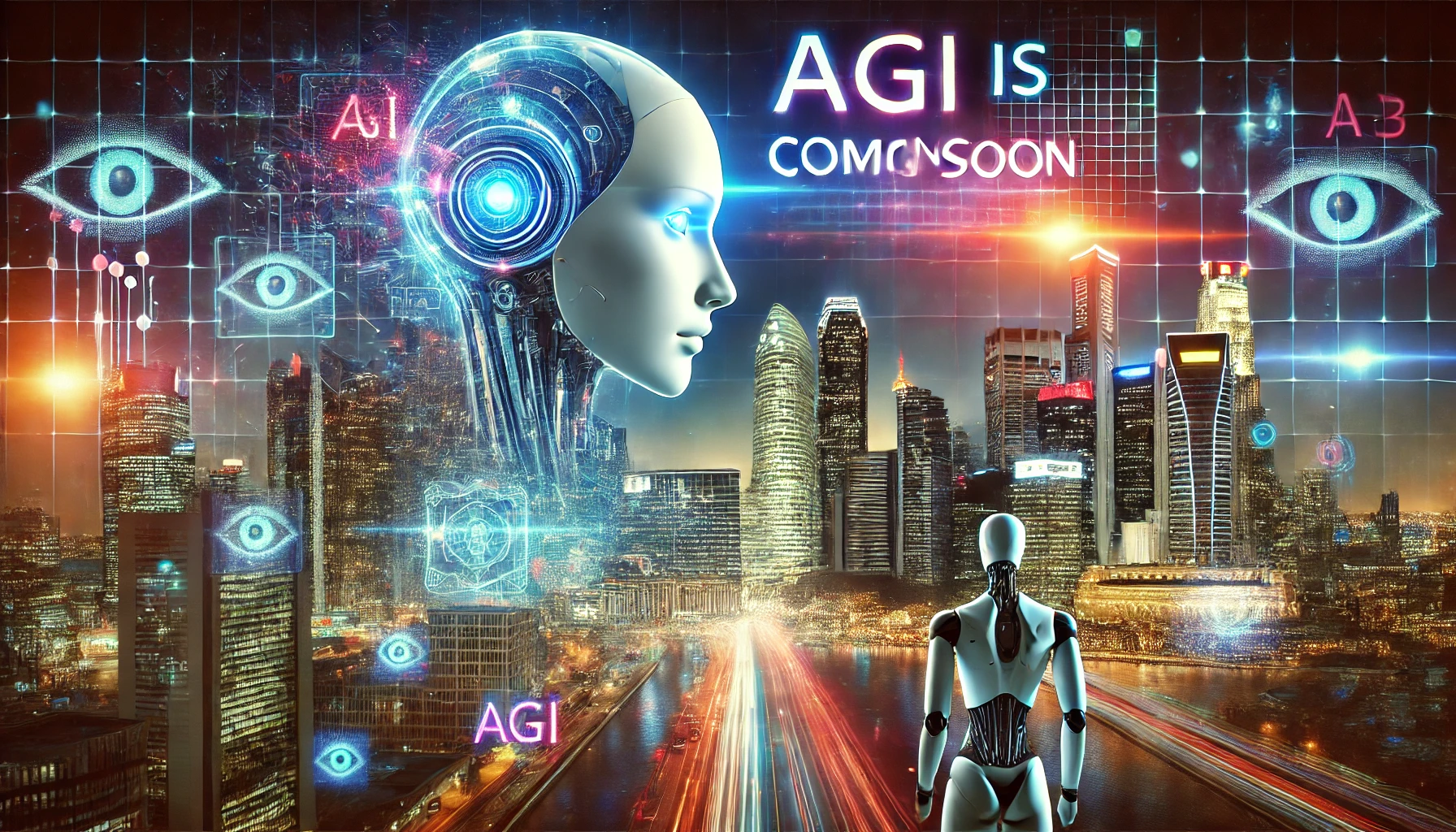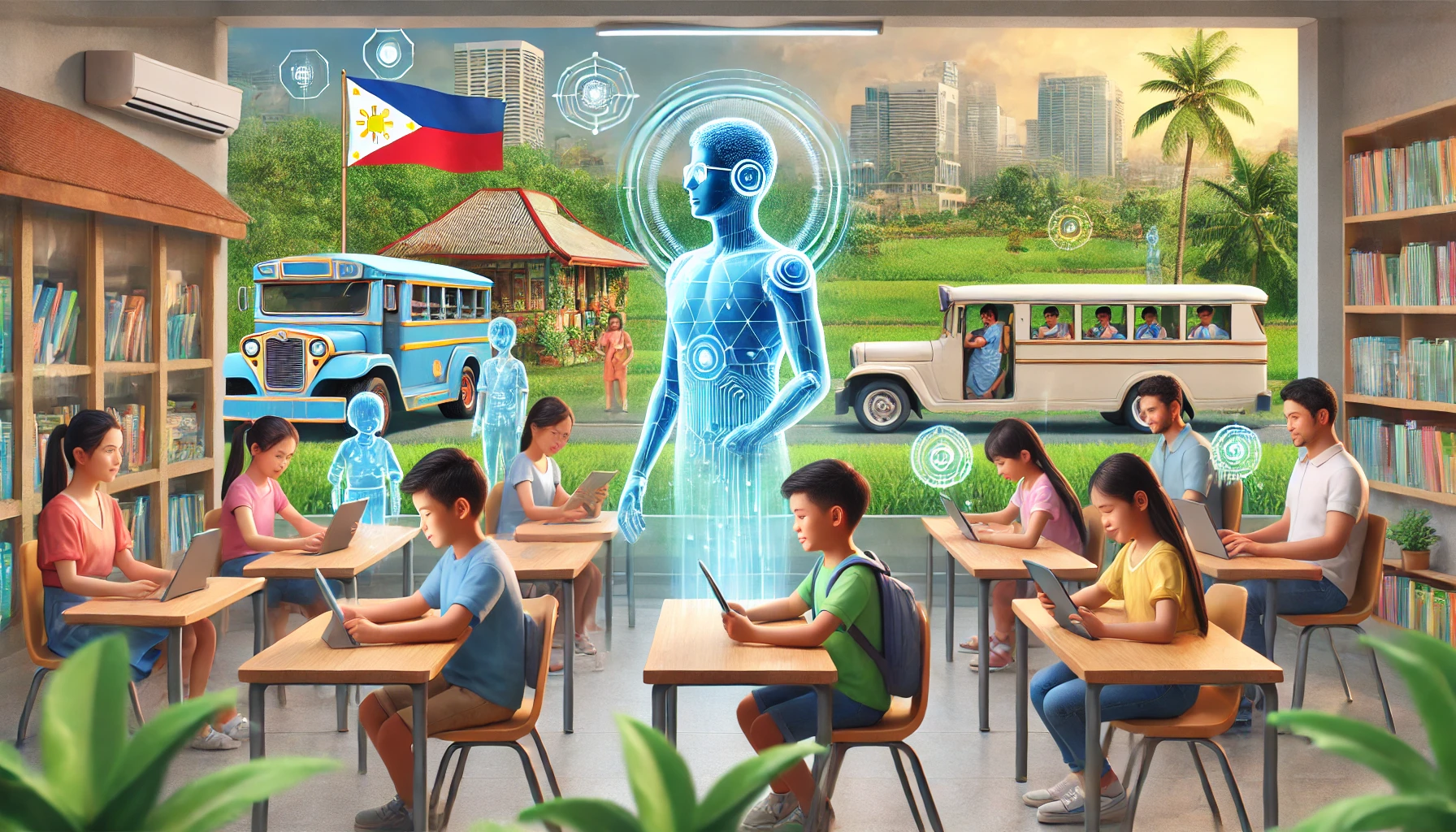The Philippines’ public transport system is vital to the country’s economy and daily life, yet it faces chronic issues such as delays, overcrowding, and inefficiency. As the country embraces technological advancements, Artificial General Intelligence (AGI) presents an opportunity to revolutionize public transport and alleviate these challenges.
1. Real-Time Traffic and Route Optimization
AGI can analyze vast amounts of real-time traffic data, weather conditions, and commuter behavior to optimize routes for buses, jeepneys, and trains. With dynamic routing, vehicles can avoid congestion hotspots, reducing delays and ensuring on-time arrivals.
Example: AGI-powered apps could guide drivers to alternate routes or adjust schedules on the fly, minimizing bottlenecks during rush hours.
2. Demand Forecasting and Fleet Management
By learning from historical and real-time data, AGI can predict commuter demand across different times and locations. This allows transport operators to allocate the right number of vehicles where and when they are needed most, avoiding overcrowded buses and underutilized services.
Example: Deploying more trains during peak hours on MRT lines while reducing trips during off-peak periods, saving resources and improving passenger comfort.
3. Smart Ticketing and Passenger Flow Management
AGI can enhance e-ticketing systems to monitor and manage passenger flow in real time. It can identify overcrowded stations or bus stops and suggest measures like staggered boarding or alternative transit options to distribute passengers evenly.
Example: In areas like EDSA, AGI systems can suggest commuters switch to alternative routes or modes of transport, reducing strain on key hubs.
4. Proactive Maintenance and Safety
AGI can monitor the condition of vehicles and infrastructure, predicting breakdowns before they happen. This ensures proactive maintenance, reducing downtime and preventing accidents caused by mechanical failures.
Example: Early detection of wear and tear on LRT tracks, avoiding sudden stoppages that disrupt thousands of commuters.
5. Integration of Multi-Modal Transport
AGI can create a seamless network integrating buses, trains, ferries, and other transport modes. It can suggest the most efficient combinations of transport for commuters, reducing wait times and improving travel experiences.
Example: A commuter traveling from Quezon City to Makati could receive an AGI-generated route combining jeepneys, MRT, and a short taxi ride, optimized for time and cost.
6. Personalized Commuter Assistance
AGI chatbots can assist commuters in real time, providing updates on delays, alternative routes, and fare costs. This improves the overall experience, especially for tourists and first-time users of the system.
Example: A tourist arriving at NAIA can use an AGI-powered app to navigate the best public transport options to their hotel, avoiding confusion and delays.
7. Policy Insights and Urban Planning
AGI can analyze long-term data to provide actionable insights for government planners. This can guide investments in infrastructure, identify under-served areas, and optimize urban development around transit hubs.
Example: Identifying areas with growing commuter demand and planning new MRT or bus routes accordingly.
Embracing a Smarter Future for Public Transport
The integration of AGI into the Philippines’ public transport system has the potential to significantly enhance efficiency, reduce delays, and improve the commuter experience. As stakeholders invest in this transformative technology, a smarter, more reliable, and inclusive public transport network can become a reality, benefiting millions of Filipinos daily.
What are your thoughts on AGI’s role in public transport? Let’s discuss how this technology can shape a better commuting future for the Philippines!
[SEO optimized]


